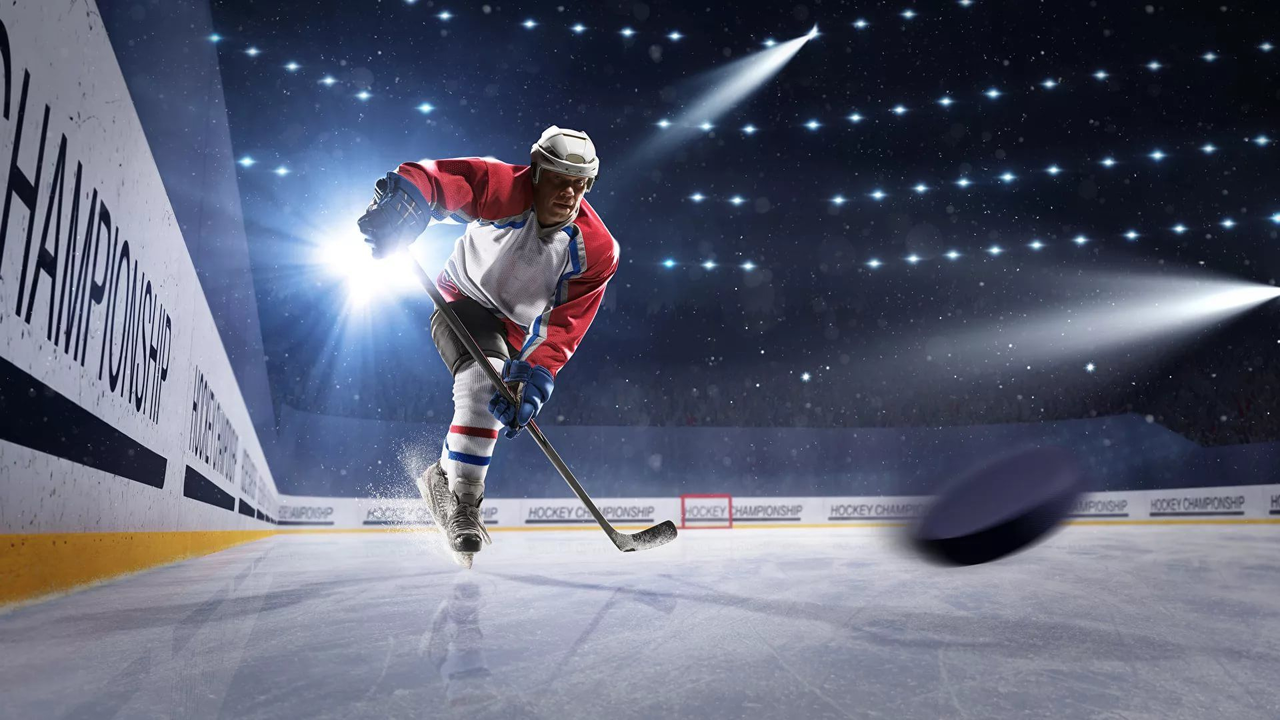How to Stop Feeling Bad at Ice Hockey
If you’ve ever walked off the rink wondering why your game feels shaky, you’re not alone. Most players hit a wall at some point, and the good news is that the wall isn’t made of concrete. It’s built from a few key skills that you can train, one at a time. Below are the most common trouble spots and easy ways to fix them.
Step Up Your Skating
Skating is the foundation of every move you make on the ice. If you’re constantly behind the play, it’s usually because you’re not comfortable with your stride. Start by spending 10‑15 minutes each practice just gliding straight ahead. Focus on keeping your knees bent and your weight centered over the blades. Once you feel stable, add short sprints and practice stopping on both feet. These drills improve balance and boost the speed you need to keep up with faster teammates.
Another quick fix is to work on your edge control. Try a simple “figure‑eight” drill: skate in a large circle, then reverse direction without losing momentum. This teaches you how to shift weight quickly, which translates to sharper turns during games.
Master Puck Control and Game Sense
Puck handling feels natural once your skates are steady. Begin with basic stickhandling drills off the ice – use a ball or a tee and move it around obstacles. When you move onto the rink, keep the puck close to your stick and practice moving it while skating forward and backward. The goal is to make the puck feel like an extension of your hand.
Reaction time is another piece of the puzzle. To sharpen it, set up a simple “quick‑tap” drill: have a teammate or coach drop a puck near you, and you sprint to retrieve it as fast as possible. Do this repeatedly and you’ll notice your brain reacting faster to sudden plays.
Understanding strategy ties everything together. Spend a few minutes after each practice watching a short clip of professional games. Pause whenever a player makes a smart pass or positions themselves well, then ask yourself why they chose that move. Over time you’ll start to see patterns and can apply them in your own games.
Don’t forget the mental side. Before a match, take a minute to visualize a successful shift – picture yourself skating smoothly, controlling the puck, and making a clean pass. This mental rehearsal can boost confidence and reduce the feeling of being a step behind.
Finally, track your progress. Keep a simple notebook and jot down what you worked on after each session. Write down things that went well and one area to improve next time. Seeing small wins on paper helps you stay motivated.
Improving at ice hockey isn’t about a miracle cure; it’s about steady, focused practice on the basics. Work on skating, stickhandling, reaction drills, and study the game, and you’ll notice the “bad” days becoming rarer. Keep at it, stay curious, and enjoy the ride on the ice.
Why am I bad at ice hockey?
I've been grappling with my poor performance in ice hockey and I think I've figured out why. Firstly, my skating skills are not up to par, making it hard for me to keep up with the game's pace. Also, I struggle with puck control, often losing it to my opponents. My reaction time is another issue, as I often find myself a step behind the action. Finally, my understanding of the game's strategy needs improvement to enhance my on-ice decision-making.
Read More
